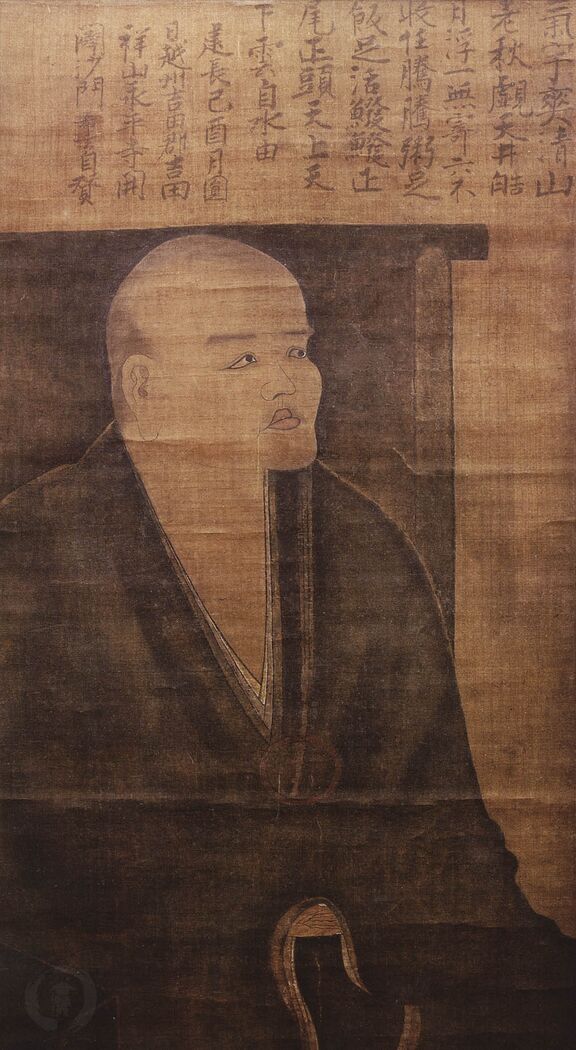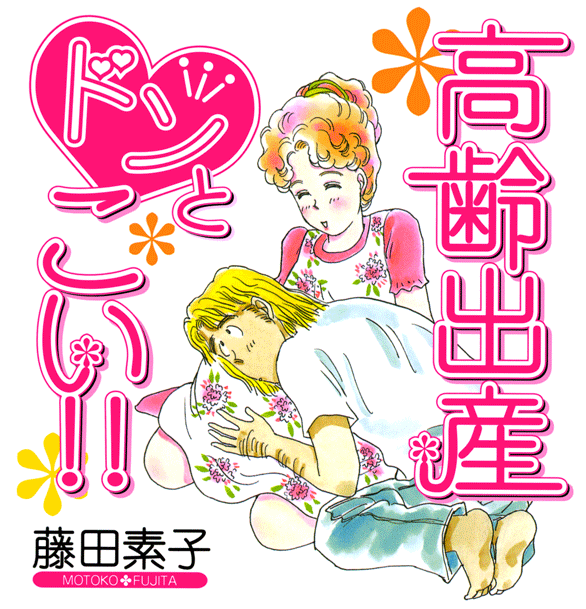|
Bodhisattvas Of The Earth
Bodhisattvas of the Earth ( Chinese: 地涌菩薩; Japanese: 地涌の菩薩, 地湧の菩薩, 上行菩薩), also sometimes referred to as "Bodhisattvas from the Underground," "Bodhisattvas Taught by the Original Buddha," or "earth bodhisattvas," are the infinite number of bodhisattvas who, in the 15th ("Emerging from the Earth") chapter of the Lotus Sutra, emerged from a fissure in the ground. This pivotal story of the Lotus Sutra takes place during the "Ceremony in the Air" which had commenced in the 11th ("Emergence of the Treasure Tower") chapter. Later, in the 21st ("Supernatural Powers") chapter, Shakyamuni passes on to them the responsibility to keep and propagate the Lotus Sutra in the feared future era of the Latter Day of the Law. Description In the 15th ("Emerging from the Earth") chapter of the Lotus Sutra, the vast number of bodhisattvas from other realms who had appeared to hear Shakyamuni preach in the "Ceremony in the Air" hoped to receive the Buddha's permissio ... [...More Info...] [...Related Items...] OR: [Wikipedia] [Google] [Baidu] |
Chinese Language
Chinese ( or ) is a group of languages spoken natively by the ethnic Han Chinese majority and List of ethnic groups in China, many minority ethnic groups in China, as well as by various communities of the Chinese diaspora. Approximately 1.39 billion people, or 17% of the global population, speak a variety of Chinese as their first language. Chinese languages form the Sinitic languages, Sinitic branch of the Sino-Tibetan language family. The spoken varieties of Chinese are usually considered by native speakers to be dialects of a single language. However, their lack of mutual intelligibility means they are sometimes considered to be separate languages in a Language family, family. Investigation of the historical relationships among the varieties of Chinese is ongoing. Currently, most classifications posit 7 to 13 main regional groups based on phonetic developments from Middle Chinese, of which the most spoken by far is Mandarin Chinese, Mandarin with 66%, or around 800&nb ... [...More Info...] [...Related Items...] OR: [Wikipedia] [Google] [Baidu] |
Gohonzon
is a generic term for a venerated religious object in Japanese Buddhism. It may take the form of a scroll or statuary. The term typically refers to the mainstream use of venerated objects within Nichiren Buddhism, referring to the calligraphic paper mandala inscribed by the 13th Japanese Buddhist priest Nichiren to which devotional chanting is directed. Linguistically, the root word derives from ancient word , signifying a devotional object of respect or worship, and with the honorific prefix. Varying Nichiren groups accord their own meanings to the term in different ways, signifying their treatment of the object: * "Object of Devotion" — Soka Gakkai * "Object of Worship" — Nichiren Shōshū * "The Great Mandala, Venerated Supreme" — Nichiren-shū sects Paper scroll are sometimes known as or . The term is used for statuary. are often enshrined within an altar shrine (). Description Nichiren himself attached the greatest importance to his inscription of ... [...More Info...] [...Related Items...] OR: [Wikipedia] [Google] [Baidu] |
Mahayana Sutras
The Mahayana sutras are Buddhist texts that are accepted as wikt:canon, canonical and authentic Buddhist texts, ''buddhavacana'' in Mahayana, Mahayana Buddhist sanghas. These include three types of sutras: Those spoken by the Buddha; those spoken through the Buddha's blessings; and those spoken through mandate. They are largely preserved in Sanskrit manuscripts, and in translations such as the Tibetan Buddhist canon, and Chinese Buddhist canon. Several hundred Mahāyāna sutras survive in Sanskrit, Tibetan and Chinese translations. The Buddhist scholar Asanga classified the Mahāyāna sūtras as part of the ''Bodhisattva Tripiṭaka'', a collection of texts meant for bodhisattvas.Boin-Webb, Sara (tr). Rahula, Walpola (tr). Asanga. ''Abhidharma Samuccaya: The Compendium of Higher Teaching.'' 2001. pp. 199–200 Buddhists consider the most important Mahayana sutras to be the spoken teachings of Gautama Buddha, Shakyamuni Buddha. These were quickly recorded one year following his Ma ... [...More Info...] [...Related Items...] OR: [Wikipedia] [Google] [Baidu] |
Bodhisattvas
In Buddhism, a bodhisattva is a person who has attained, or is striving towards, ''Enlightenment in Buddhism, bodhi'' ('awakening', 'enlightenment') or Buddhahood. Often, the term specifically refers to a person who forgoes or delays personal nirvana or ''bodhi'' in order to compassionately help other individuals reach Buddhahood. In the Early Buddhist schools, as well as modern Theravada, Theravāda Buddhism, bodhisattva (or bodhisatta) refers to someone who has made a resolution to become a Buddha (title), Buddha and has also received a confirmation or prediction from a living Buddha that this will come to pass. In Theravāda Buddhism, the bodhisattva is mainly seen as an exceptional and rare individual. Only a few select individuals are ultimately able to become bodhisattvas, such as Maitreya. In Mahayana, Mahāyāna Buddhism, a bodhisattva refers to anyone who has generated ''bodhicitta'', a spontaneous wish and compassionate mind to attain Buddhahood for the benefit of al ... [...More Info...] [...Related Items...] OR: [Wikipedia] [Google] [Baidu] |
Sōtō
Sōtō Zen or is the largest of the three traditional sects of Zen in Japanese Buddhism (the others being Rinzai school, Rinzai and Ōbaku). It is the Japanese line of the Chinese Caodong school, Cáodòng school, which was founded during the Tang dynasty by Dongshan Liangjie, Dòngshān Liángjiè. It emphasizes Shikantaza, meditation with no objects, anchors, or content. The meditator strives to be aware of the stream of thoughts, allowing them to arise and pass away without interference. The Japanese brand of the sect was imported in the 13th century by Dōgen Zenji, who studied Caodong, Cáodòng Buddhism () abroad in China. Dōgen is remembered today as the ancestor of Sōtō Zen in Japan along with Keizan, Keizan Jōkin. With about 14,000 temples, Sōtō is one of the largest Japanese Buddhist organizations. Sōtō Zen is now also popular in the West, and in 1996 priests of the Sōtō Zen tradition formed the Soto Zen Buddhist Association based in North America. Histor ... [...More Info...] [...Related Items...] OR: [Wikipedia] [Google] [Baidu] |
Dōgen
was a Japanese people, Japanese Zen Buddhism, Buddhist Bhikkhu, monk, writer, poet, philosopher, and founder of the Sōtō school of Zen in Japan. He is also known as Dōgen Kigen (), Eihei Dōgen (), Kōso Jōyō Daishi (), and Busshō Dentō Kokushi (). Originally ordained as a monk in the Tendai, Tendai School in Kyoto, he was ultimately dissatisfied with its teaching and traveled to China#Imperial China, China to seek out what he believed to be a more authentic Buddhism. He remained there for four years, finally training under Tiantong Rujing, Tiāntóng Rújìng, an eminent teacher of the Caodong, Cáodòng lineage of Chan Buddhism, Chinese Chan. Upon his return to Japan, he began promoting the practice of zazen (sitting meditation) through literary works such as ''Fukan zazengi, Fukanzazengi'' and ''Bendōwa''. He eventually broke relations completely with the powerful Tendai School, and, after several years of likely friction between himself and the establishment, left ... [...More Info...] [...Related Items...] OR: [Wikipedia] [Google] [Baidu] |
Risshō Kōsei Kai
; until June 1960, is a Japanese Buddhist religious movement founded in 1938 by Nikkyō Niwano and Myōkō Naganuma. Risshō Kōsei Kai is organized as a lay Buddhist movement, which branched off from the older Reiyūkai, and is primarily focused around the Lotus Sutra and veneration of ancestors. The name of the organization can be translated as "Association for Establishing the Correct nowiki/>Dharma">Dharma.html" ;"title="nowiki/>Dharma">nowiki/>Dharmaand Harmonious Achievement" or "Society for the Realization of Righteousness and Harmony." History Risshō Kōsei Kai was founded on March 5, 1938 by Nikkyō Niwano and Myōkō Naganuma, both former members of the Buddhist sect Reiyūkai. Niwano met Naganuma while he was engaged in missionary work with Reiyūkai and the two became close friends. In 1938, they attended a Reiyūkai meeting in which its president made remarks that lectures and study of the Lotus Sutra were out of date. After hearing that and consulting w ... [...More Info...] [...Related Items...] OR: [Wikipedia] [Google] [Baidu] |
Soka Gakkai International
Soka Gakkai International (SGI) is an international Nichiren Buddhist organization founded in 1975 by Daisaku Ikeda, as an umbrella organization of Soka Gakkai. It is run by two vice-presidents, including Hiromasa Ikeda, son of the founder. It claims 12 million adherents, but scholars claim the number is overestimated. Recent scholarship estimates Soka Gakkai believers around 2.5 million people in Japan. SGI is one of the 6000 organizations awarded a consultative status with the United Nations Economic and Social Council, since 1983. History The Soka Gakkai International (SGI) was formed at a conference on January 26, 1975, on the island of Guam. Representatives from 51 countries attended the meeting and chose Daisaku Ikeda, who served as third president of the Japanese Buddhist organization Soka Gakkai, to become the SGI's founding president. Its founding meeting in Guam is a symbolic gesture referencing Guam's history as the site of some of World War II's bloodiest battles, an ... [...More Info...] [...Related Items...] OR: [Wikipedia] [Google] [Baidu] |
Daisaku Ikeda
was a Japanese Buddhist leader, author, educator and nuclear disarmament advocate. He served as the third president and then honorary president of the Soka Gakkai, which is considered among the largest of Japan's new religious movements but has also been described as a cult by some media and politicians (e.g., the French parliamentary commission in 1995). Ikeda was the founding president of the Soka Gakkai International. Soka Gakkai claims Japanese membership of 8.27 million households. Recent research and surveys suggest that between 2.5 million and 4 million people - approximately two to three percent of the Japanese population - are active members of Soka Gakkai, and the organization claims to have approximately 11 million practitioners in 192 countries and territories, more than 1.5 million of whom reside outside of Japan as of 2012. Ikeda was the founder of a variety of educational and cultural institutions including Soka University, Soka University of America, Min ... [...More Info...] [...Related Items...] OR: [Wikipedia] [Google] [Baidu] |
Josei Toda
, also known as and its abbreviation , is an editorial category of Japanese comics that emerged in the 1980s. In a strict sense, ''josei'' refers to manga marketed to an audience of adult women, contrasting ''shōjo'' manga, which is marketed to an audience of girls and young adult women. In practice, the distinction between ''shōjo'' and ''josei'' is often tenuous; while the two were initially divergent categories, many manga works exhibit narrative and stylistic traits associated with both ''shōjo'' and ''josei'' manga. This distinction is further complicated by a third manga editorial category, , which emerged in the late 1980s as an intermediate category between ''shōjo'' and ''josei''. ''Josei'' manga is traditionally printed in dedicated manga magazines which often specialize in a specific subgenre, typically drama, romance, or pornography. While ''josei'' dramas are, in most cases, realist stories about the lives of ordinary women, romance ''josei'' manga are typ ... [...More Info...] [...Related Items...] OR: [Wikipedia] [Google] [Baidu] |








